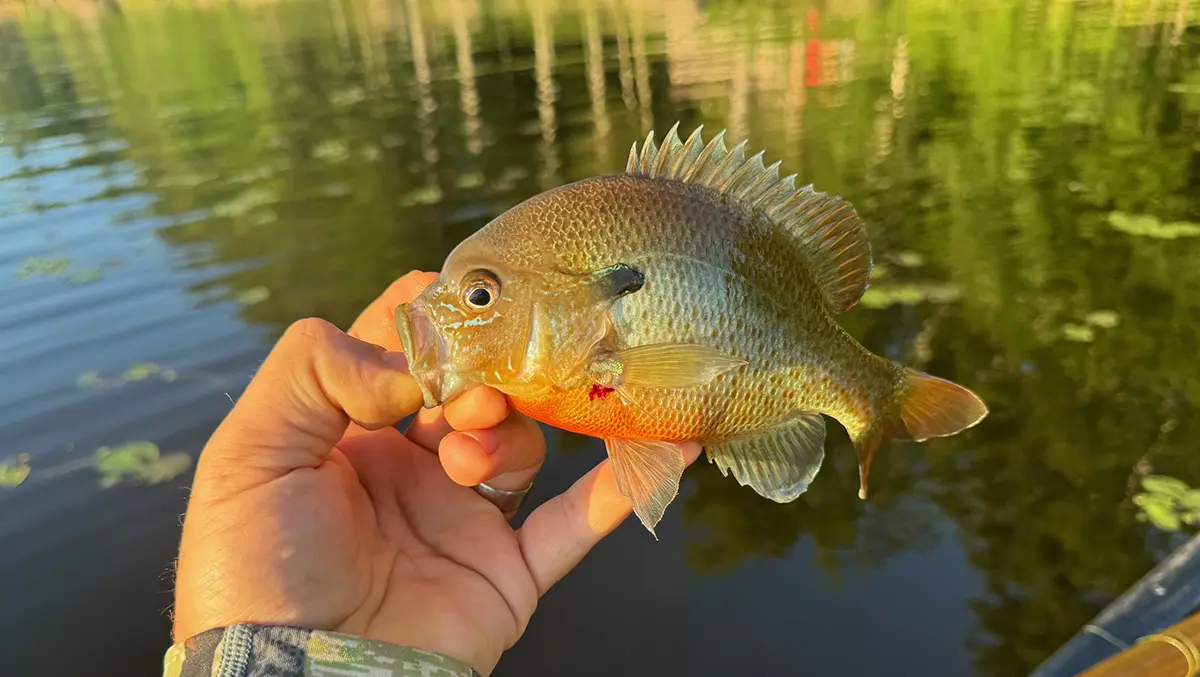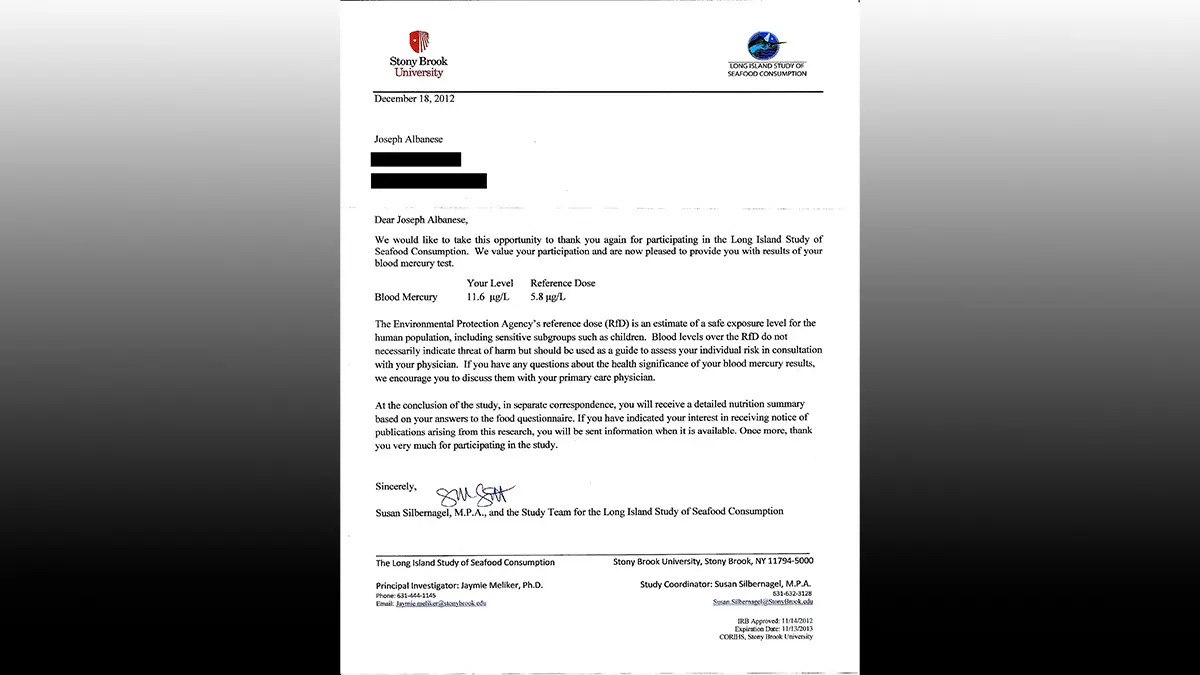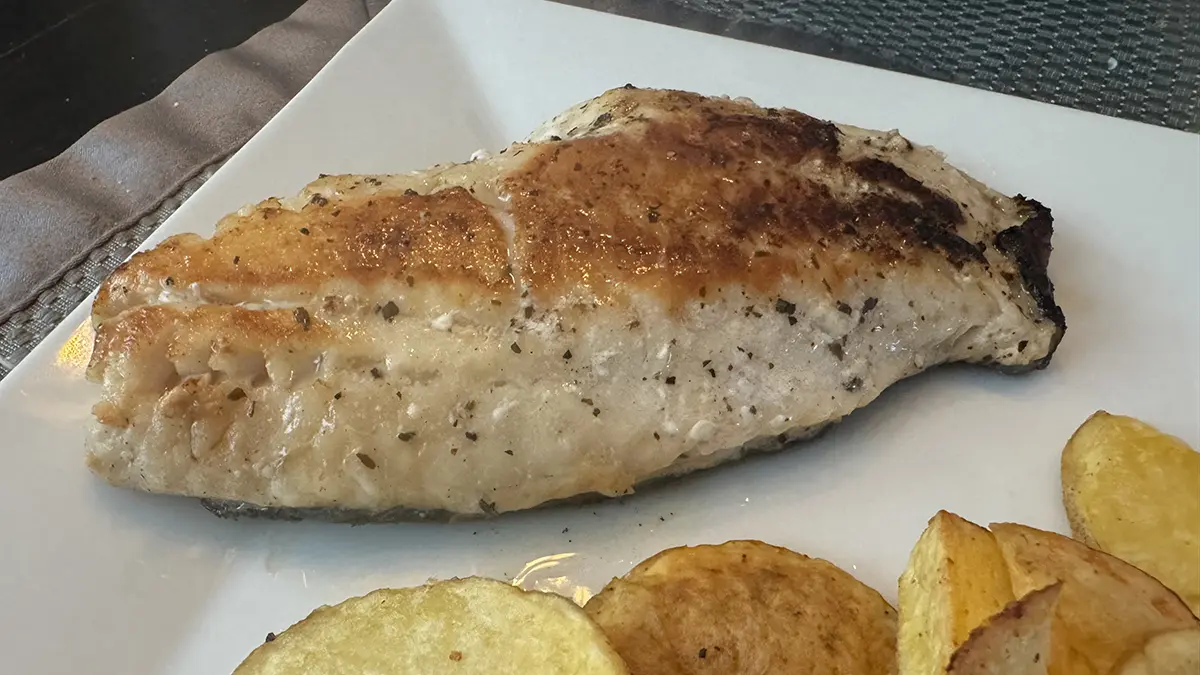Catch and release fishing is the cornerstone of modern fisheries’ management. It allows anglers to fish without removing individuals from the population, so that they can reproduce. With careful handling, the population of those fish can hopefully exist in much the same numbers and anglers can continue to catch their favorite species. With any luck, the population might even expand—and some of these fish will grow to large sizes.
That doesn’t mean that you can’t keep a few for dinner. When I was studying for my degree in Wildlife Management at the State University of New York at Cobleskill, I was taught that conservation was “the wise use of resources.” While fish stocks are not an infinite resource, it is possible to remove a few without causing the stocks to collapse. Of course, you should be careful about which species you eat, to protect the fish stocks and yourself.

CHOOSING FISH FOR DINNER
When it comes to choosing fish for dinner, you should always abide by all pertinent regulations. Those laws are in place to prevent over-harvesting, to encourage individuals to grow to trophy sizes, or to protect you. Following them is always a good idea. Consult your local fisheries bureau for more information; in most cases they are happy to explain the how and why of the current regulations.
So, how do you pick a fish to eat? Generally speaking, the lower on the trophic level (the food chain) a fish is, the better it is to eat. To survive the predation that occurs naturally, these tend to reproduce readily and are therefore numerous. While you’re probably not going to eat baitfish (though in many cases you can and I enjoy eating herring, pickled or fried) the sunfish that keep the bass and catfish in the lake fed are pretty delicious to people too.
Panfish are called “panfish” for a reason, in part because they are delicious. Crappie, yellow perch, bluegills and the like make excellent table fare. They can be broiled, fried, poached, or grilled; there really isn’t a wrong way to prepare them. Plus, their typically resilient populations can handle some individuals being removed, so eat up.
What about bass? I’ve eaten a mess of smallmouth from waters where they were introduced illegally and the state government had ordered them removed by anglers if caught. While these “grounders” were pretty good cooked over the campfire, they paled in comparison to yellow perch. Still, you shouldn’t feel too bad about taking one or two for the table every now and then.
This is especially true in waters that might be overpopulated. Lacking enough forage to keep the top of the food chain well-fed, sometimes the apex predators can become stunted, their growth hindered by a lack of food. Removing a few from the lake can help the bait population rebound a bit and, ultimately, lead to a healthier lake, with larger bass.

A MAGNIFYING EFFECT
Being lower on the food chain also means fish are less likely to contain a high amount of pollutants such as mercury. These chemicals bioaccumulate, or gradually build up in an organism over time, through the food items they ingest. A large, long-lived predator, such as a bluefish, will absorb all the mercury from the fish they consume. This will stay in their bodies for their lifetime and be passed on to who or whatever eats them.
Years ago, I ate a pretty steady diet of bluefish. Striped bass stocks were down and bluefish were abundant, with a very liberal limit of 15. I would release all my stripers and keep a few blues for the table each week. Like Bubba from Forrest Gump, I prepared them in a wide variety of ways and ate them four or five days a week.
This would catch up with me eventually. I responded to an ad for a seafood consumption study and had some blood pulled by a lab. The results showed a high level of mercury, likely due to the amount of bluefish I consumed. It was a wake-up call about my eating habits, for sure.
If you eat a lot of big predators, such as pike or big old catfish, consider switching to other species, or at least smaller individuals. Younger specimens haven’t been accumulating toxins for as long. A 30-pound flathead will have less potentially harmful elements in them than a 100-pounder from the same lake. Of course, the amount of bad stuff is very dependent on the body of water, and fish from clean lakes or waterways should generally be fine to eat.
These days, I stay away from bluefish in favor of less prolific predators such as summer flounder, black sea bass, and scup—consider these the panfish of the sea. All of these are delicious, readily available and don’t contain a lot of toxins.
SAFE HANDLING PRACTICES
While you can keep a few fish for the fryer, you should always use safe handling practices to ensure the fish you release have the best chance of survival. If you’re not sure how to responsibly handle fish, following tips from organizations like Keep Fish Wet is a great idea.
Sometimes, it may not be advisable to even target a particular species. This is true of cold-water species like salmon and trout in the warmest months. When water temperatures are over 68 degrees Fahrenheit, these fish are already stressed. So hooking and fighting them can cause them to perish, even if you are careful. In these instances, find yourself a farm pond filled with warm-water favorites, such as crappie, bend a rod and get the hush puppies ready.

DINNER IS SERVED
Despite my elevated mercury levels, I still harvest all of my family’s protein from the wild; hunting deer and waterfowl in season and catching various fish species throughout the year. Fresh fish is one of the best meals you can have and I’m happy to provide my family with it whenever possible. I do so as responsibly as possible, for us and the fish. Follow all regulations, and take a few home for the family this weekend. They will thank you for it.












